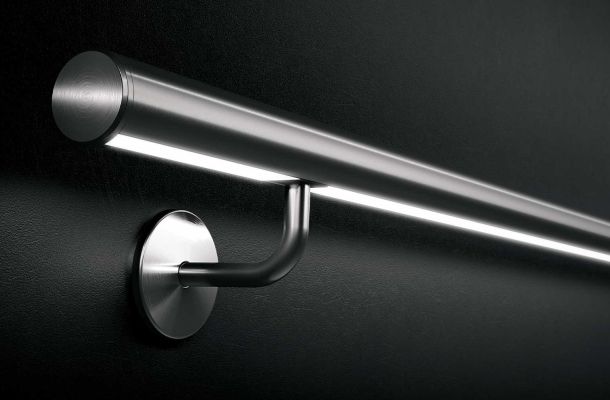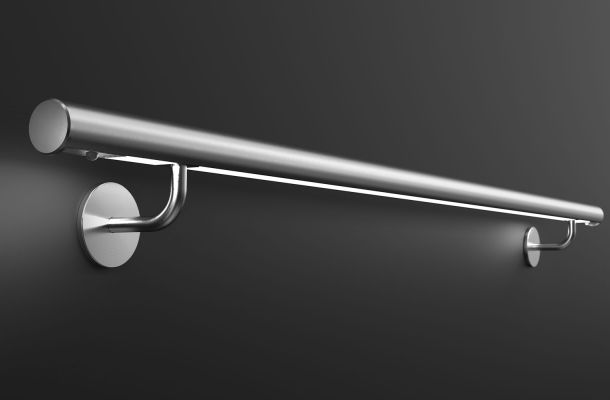Scientifically illuminated: The "Light up!" initiative
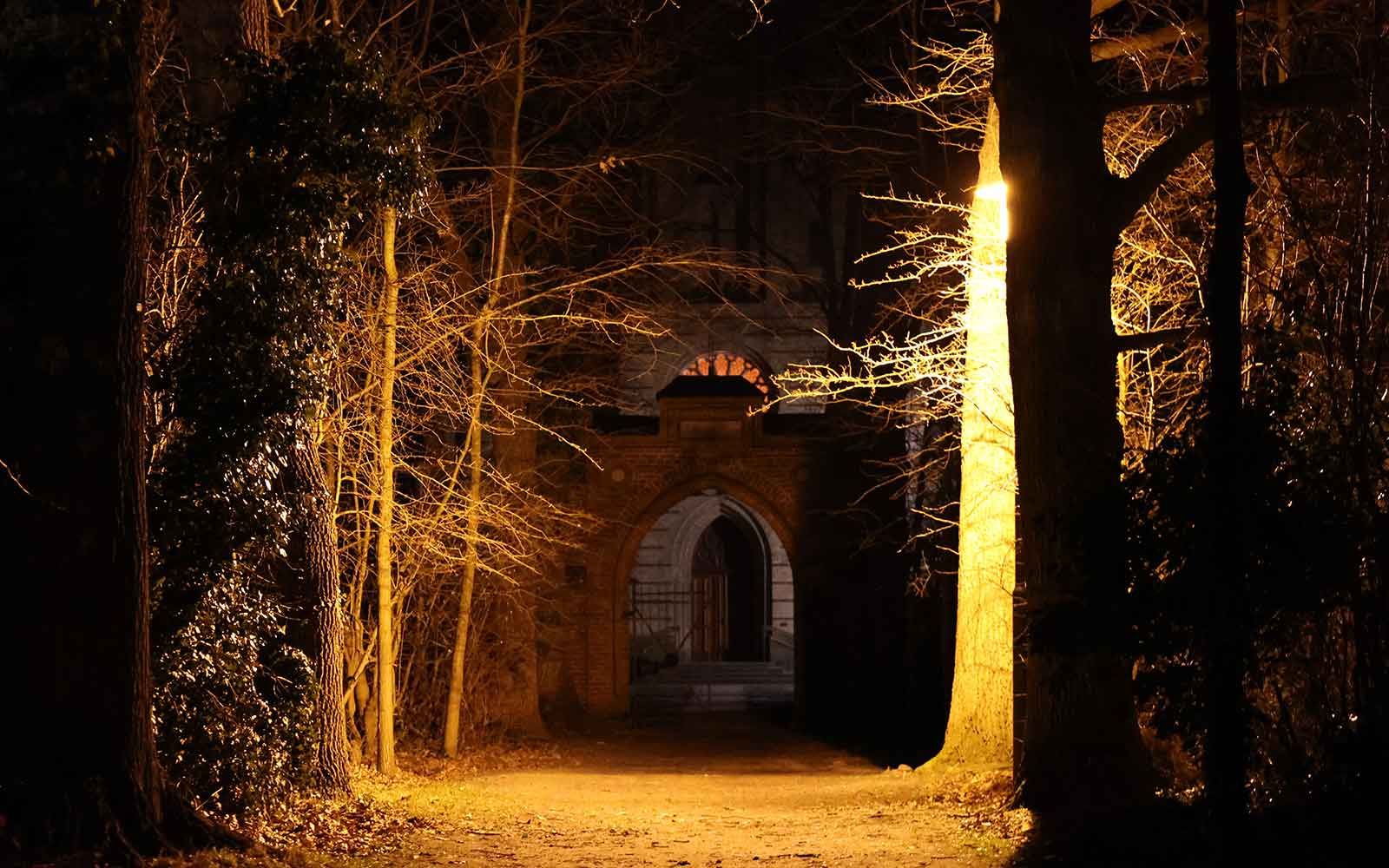
The initiative "Light up! Germany's darkest corners" was born out of numerous projects with our customers and the resulting findings. Linear, indirect lighting, glare-free handrail lighting has proven to be an efficient as well as aesthetically sophisticated type of lighting. Public spaces need to be illuminated to ensure safety - especially in terms of accident prevention. On the other hand, there is the excessive emission of light, which has a certain effect on all living beings on our planet. In our projects, we work very closely with qualified architects and lighting designers who have a professional view of how lighting should be, or should be used, to ensure safety on the one hand and the well-being of flora and fauna on the other. Such factors as light colour, light spot height and alignment, light intensity and absence of glare are perfect tools in the hands of specialists who can be skilfully used.
So that the initiative "Light up! Germany's Darkest Corners" is also illuminated from the important scientific side, we are particularly pleased to have gained a competent comrade-in-arms in Dunja Storp and her nationally recognised scientific expertise on these timely topics, who in the course of her career has produced a great many findings of inestimable value with regard to the prevention of crime in public spaces and the associated lighting.
The initiative "Light up! Germany's darkest corners"
THE LACK OF A SENSE OF SECURITY IN A PARTICULAR PLACE
As you can easily see from these lines, we are talking about spaces of fear in Germany. Normally, to set the mood for this topic, one would cite a drastic newspaper report about an assault on a woman and someone would then reflexively demand more light to make this place safer. But is it really these places where so much happens? Is it the lack of lighting there that makes this place seem so dangerous? Or is it all just imagination and every place has its dangers or not? And what is actually a place of fear, which is always associated with the topic of lighting?
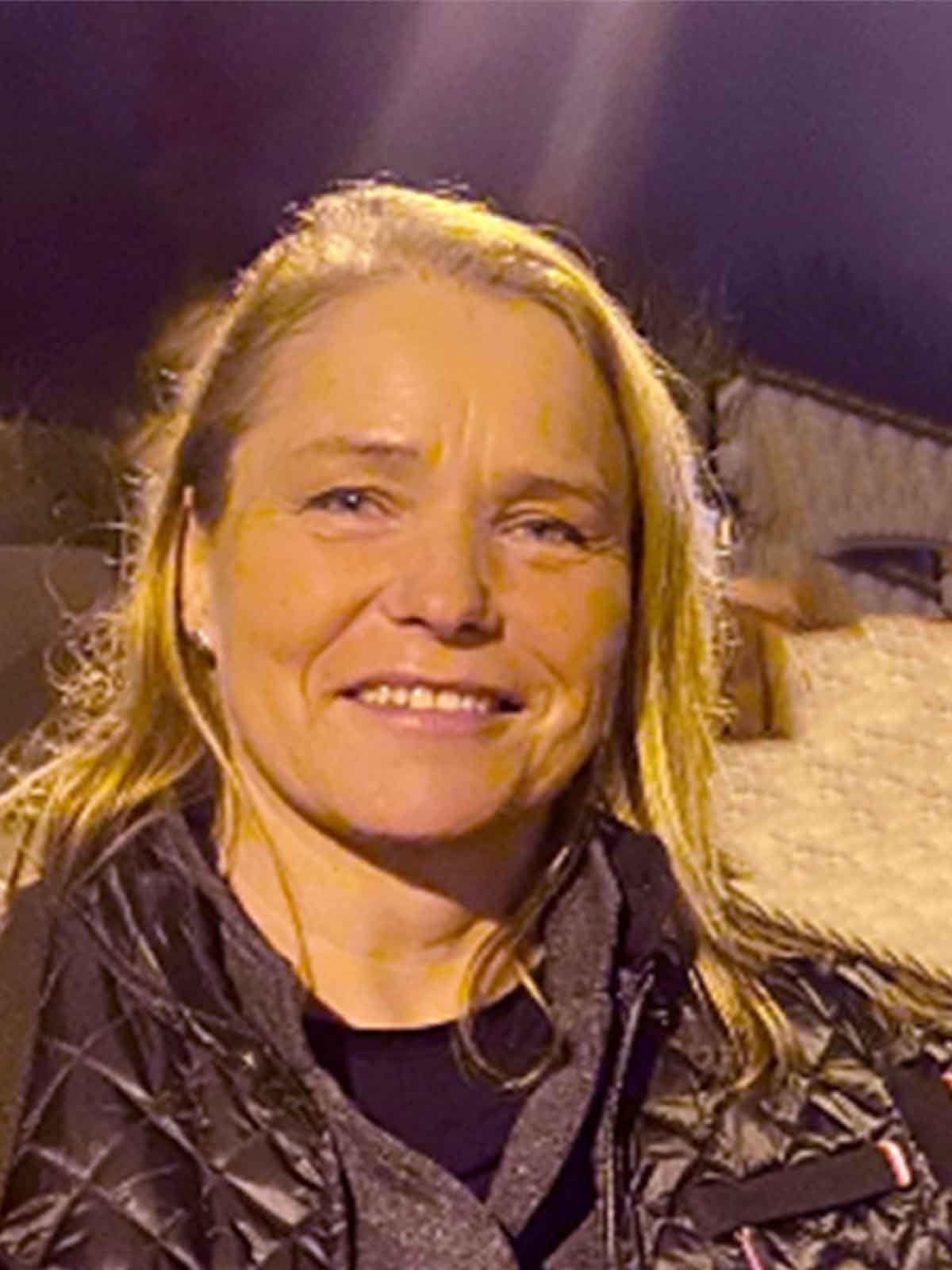
When it comes to the probability of being a victim of a robbery, for example, as a woman, one would actually have to recommend going to a very dark forest at 2 o'clock at night, because statistically speaking, women are least likely to be robbed there. Women will certainly hardly want to follow this recommendation, and that is a good thing, because the places that cause fear usually have nothing to do with such assaults. The space of fear is much more and that is exactly what this initiative is about, because the simplistic solution of MORE light is not the solution. However, light can be a very useful and effective part of the solution if it is appropriate for the specific location, because light creates a sense of space and emphasises or suppresses the conditions there. However, light can also be disturbing if it is not adapted to the actual space, its (also temporal) use and also in the technical design. Then light is a disturbing factor that not only affects the environment but can also negatively influence people in their perception and behaviour.
THE INITIATIVE TO LIGHTEN BLACK PLANNING SPOTS
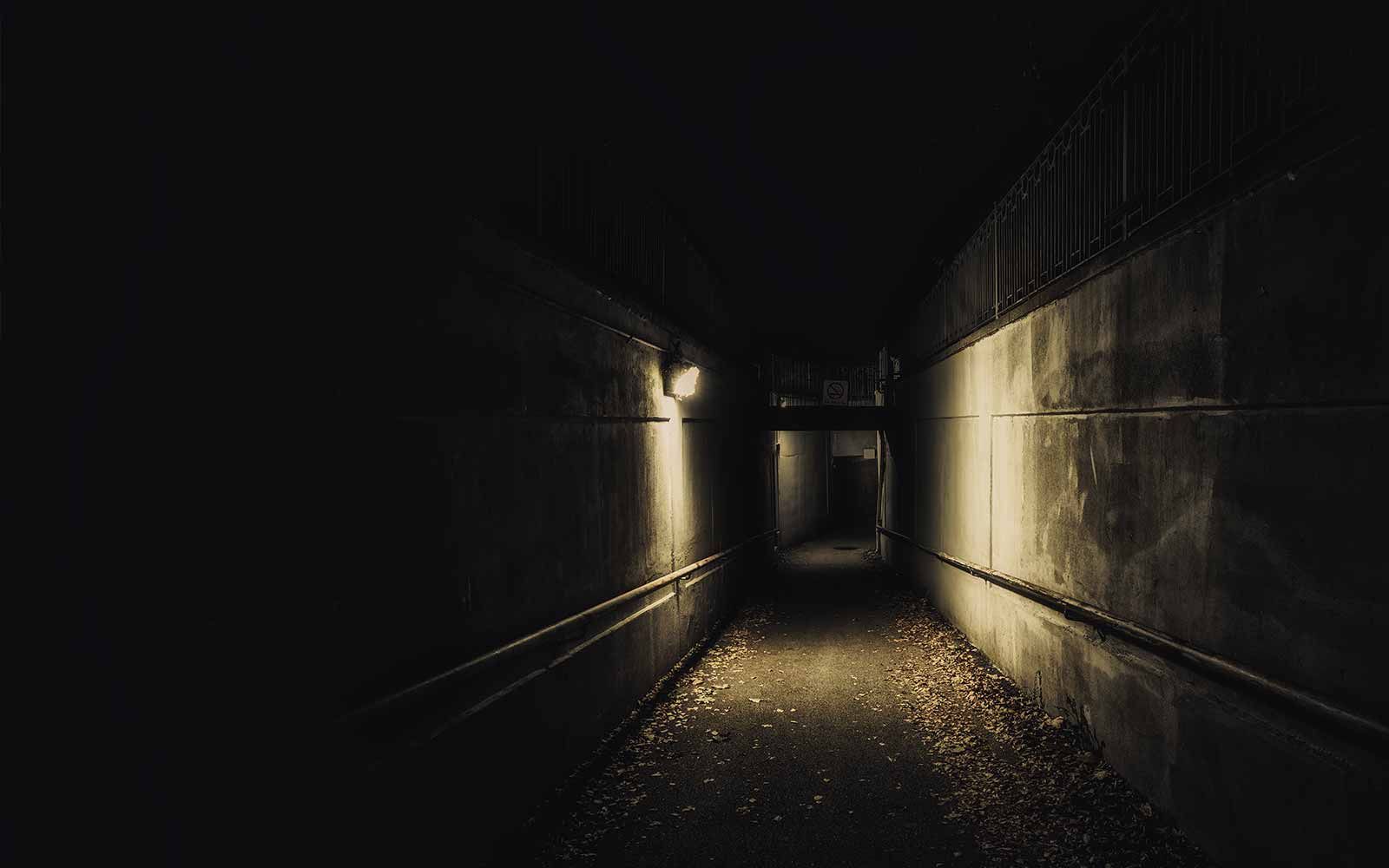
For this reason, the "Light up!" initiative has an interdisciplinary orientation and is accompanied by scientific analysis and empirical research. It is also about "shedding light" on the gaps in planning knowledge in order to define new standards and possibilities. How to approach such problems and which local conditions are important for this, I will present here to accompany the initiative. Take the opportunity and participate in this interdisciplinary project.
The initiative starts with LUX GLENDER, a Swabian company that has developed a light-in-handrail system. This system is already proving its worth in some cities as a safety guide, signpost or design element and is also proving to be an environmentally friendly light. The innovative use of light, its appropriate alignment and design are essential elements of this initiative. In addition, every lighting unit in public spaces must also withstand damaging and destructive effects in order to be able to observe and assess its efficiency and effectiveness over a certain period of time. It is not uncommon for short-term, positive evaluations of lighting in public spaces to turn out to be wrong in their subsequent and long-term effects. What is needed, therefore, is an open-minded yet experienced approach to the factors relevant to lighting in a space of fear. All this is offered by the company LUX GLENDER, so that there is a very good and promising basis in the field of technical ideas and implementation possibilities. However, the initiative also addresses other companies and invites them to participate. Innovative "know how" from different companies can only be useful for the goal of this initiative.
The same applies to planners who want to join this initiative - perhaps already with a specific project. The goal is a learning system, and the diversity of the projects is an important factor. The mutual perspectives and analyses are of considerable added value for all participants.
To make this added value visible, the initiative is accompanied by the magazine LICHT. In this way, readers can not only benefit from a final result, they can also participate in the planning steps, their foundations and the implementation and evaluation processes.
A promising initiative, which I will accompany with criminological analyses and recommendations. I will regularly present the basics, studies and spatial analyses in this blog.

